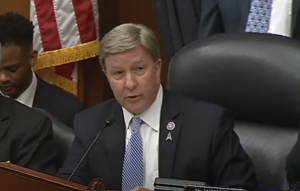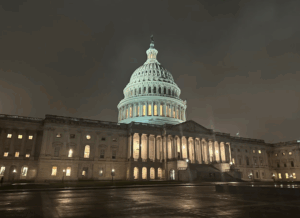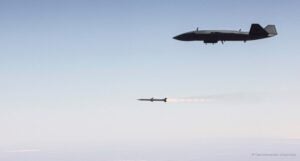
The House Armed Services Committee late Wednesday evening voted near unanimously to advance its $883.7 billion version of the fiscal year 2025 National Defense Authorization Act. The final vote followed 12 hours of consideration, a relatively speedy markup for the panel, to include further debate on the Sentinel future intercontinental ballistic missile program and plans to build a homeland missile defense site on the East Coast. “I just want to tell all of you, you rock. This is awesome. I’ve…

 By
By 











